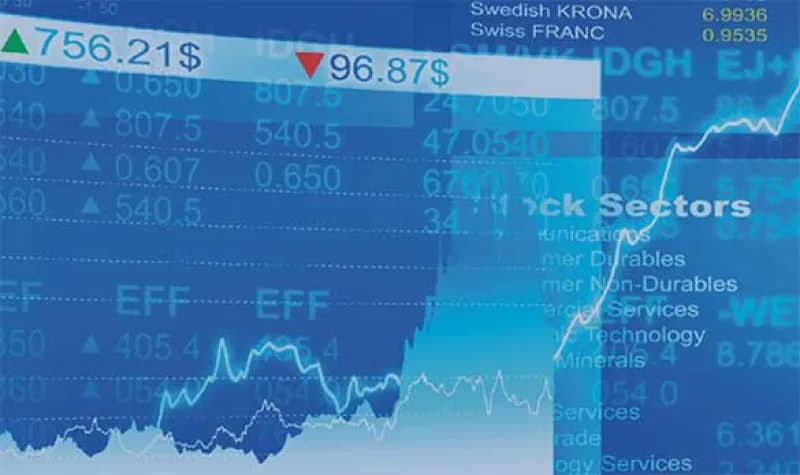The shift from manufacturing to service-based economies in developed markets over the past two generations has created a dislocation in how investors measure the value created by intangible assets.
Accounting for intangibles was less of an issue when the U.S. and other developed nations had largely manufacturing-based economies. People, buildings, machines, and inventory are relatively easy to account for under conventional accounting practices. The transition to services, however, has brought a commensurate shift from investment in hard assets to intangible assets such as basic research, information technology, and firm organization. Conventional GAAP accounting is less well suited to accounting for and valuing such intangible assets, and as a result, investors have come to rely on new methods to measure the latent value embedded in intangibles.
This new study from Columbia Threadneedle and the II Custom Research Lab examines investors’ practices in analyzing intangibles and their aspirations for the future. Among the key findings from the study are:
- There is agreement that analysis of intangibles provides a competitive advantage to investors, and recognition that intangible research is increasingly important in analytical work. However, while investors find information about intangibles readily available, they believe that it is often unreliable, incomplete, or inaccurate.
- While acknowledging the growing importance of intangibles, investors say research processes may not have adequately adapted to address this shift.
- Regulatory reforms, such as more transparent disclosure, stricter enforcement of IP rights, and standardized accounting treatment, could improve understanding of intangible assets.





